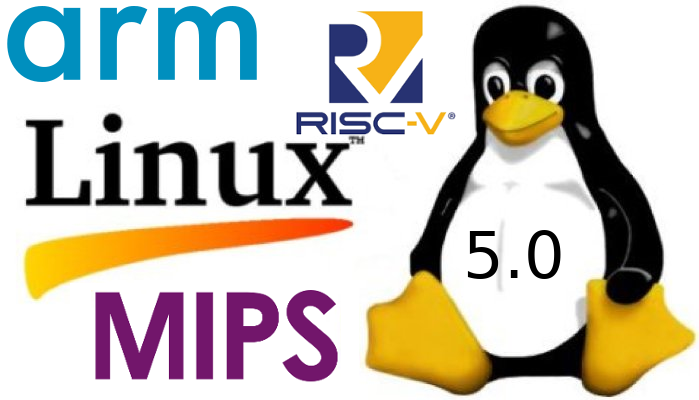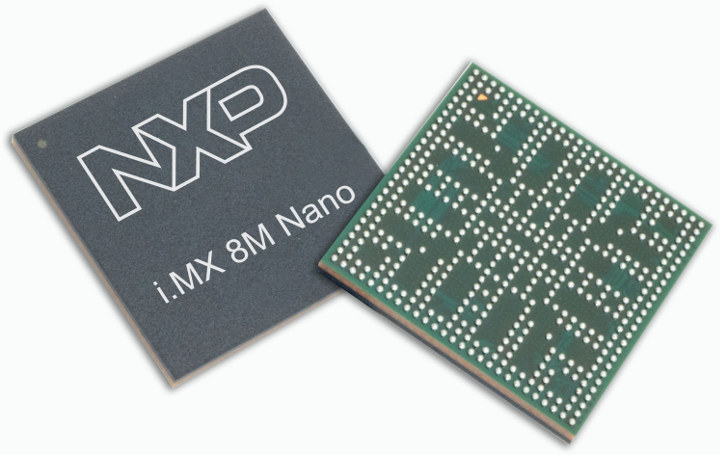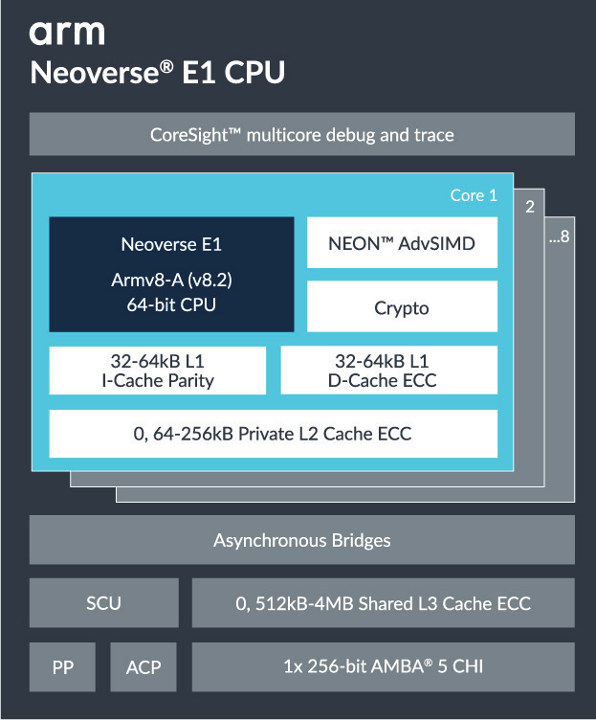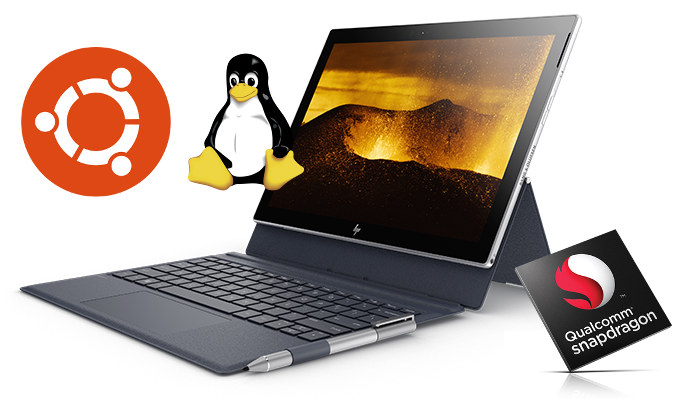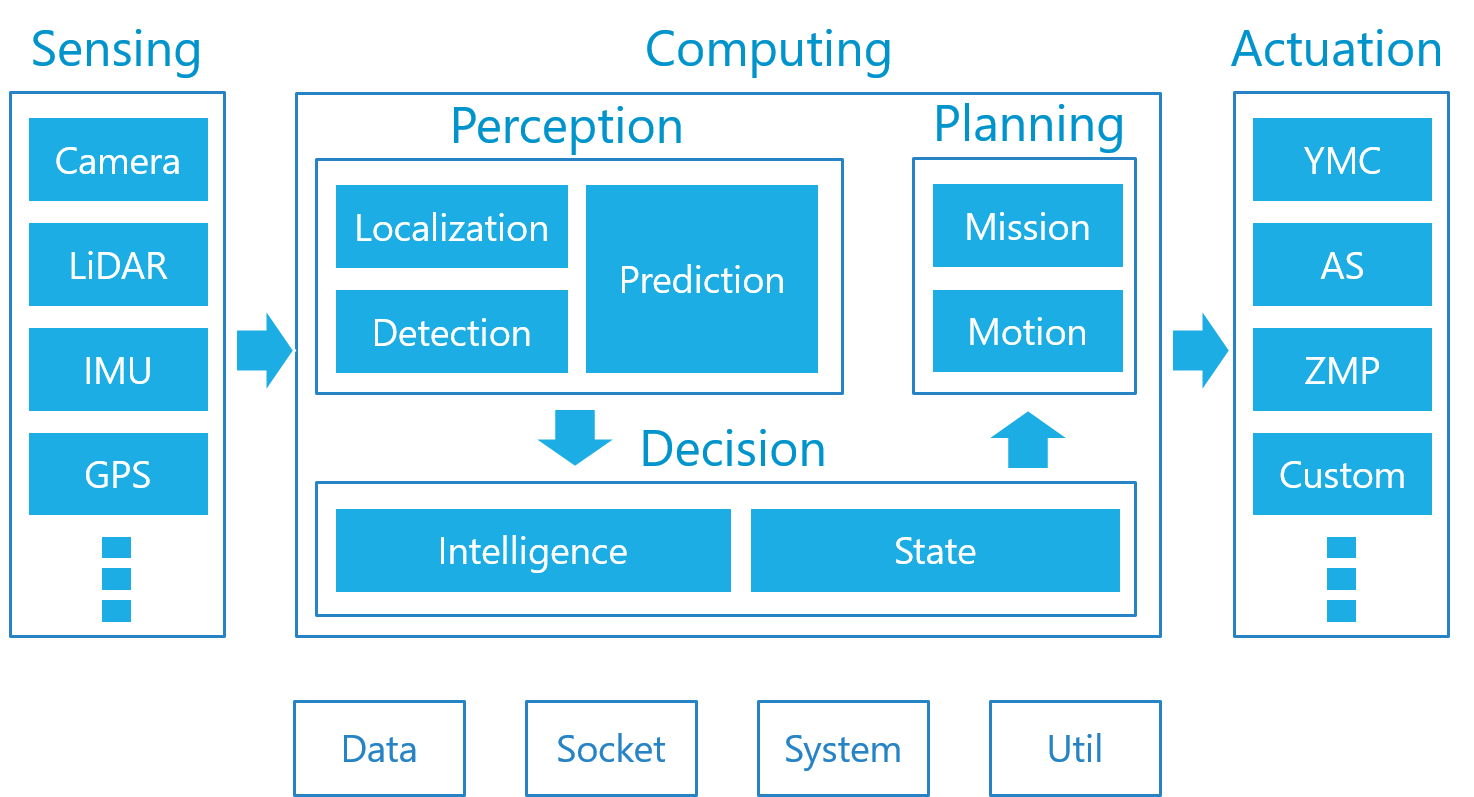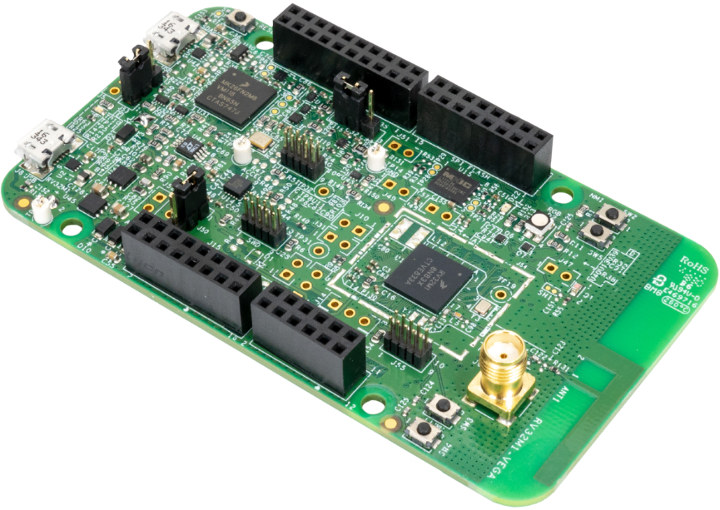Linus Torvalds has just released Linux 5.0: Ok, so the last week of the 5.0 release wasn’t entirely quiet, but it’s a lot smaller than rc8 was, and on the whole I’m happy that I delayed a week and did an rc8. It turns out that the actual patch that I talked about in the rc8 release wasn’t the worrisome bug I had thought: yes, we had an uninitialized variable, but the reason we hadn’t immediately noticed it due to a warning was that the way gcc works, the compiler had basically initialized it for us to the right value. So the same thing that caused not the lack of warning, also effectively meant that the fix was a no-op in practice. But hey, we had other bug fixes come in that actually did matter, and the uninitialized variable _could_ have been a problem with another compiler. Regardless – all […]
NXP i.MX 8M Nano is a Power-optimized Arm Cortex-A53/M7 Processor
NXP introduced their first 14nm i.MX processor at Embedded World 2018 last year with i.MX 8 Mini processor equipped with up to four Cortex A53 cores clocked at 2.0 GHz and one real-time Cortex-M4 cores clocked at 400+ MHz, and optional 1080p video output and decoding/encoding. The company has now added another 14nm member to their i.MX 8M family with NXP i.MX 8M Nano family also featuring four Cortex-A53 cores at up to 1.5 GHz, but replacing the Cortex-M4 by a more powerful Cortex-M7 core clocked at up to 600 MHz. The processor is also power-optimized for less than 2W total dynamic power (TDP) and sub-watt in many IoT edge applications. NXP i.MX 8M Nano key features and specifications: Application cores – One to four Arm Cortex-A53 cores up to 1.5 GHz per core; 32KB L1-I Cache/ 32 KB L1-D Cache; 512 KB L2 Cache Real-time core – Arm Cortex-M7 […]
Systems-on-Module Market Update – An Interview with Toradex CMO
I’ve been interviewing Daniel Lang, Toradex Chief Marketing Officer (CMO), over email just before Embedded World 2019, to learn a bit more about the system-on-module market, and what’s ahead. CNXSoft: We’ve already covered several Toradex systems-on-module and development kits on CNX Software, but for readers who may not know Toradex yet, could you provide a short description of what the company does in the embedded systems space? Daniel Lang: Thanks for having me. Toradex builds high reliable Arm-based System on Modules. Our focus is to make the life of developers easier and to reduce the complexity and time-to-market. We sell hardware, but most of our engineering resources focus on Software and Support. Our products are used in areas such as Industrial Automation, Medical, Transportation, Test and Measurement, Building Automation and many more. CNXSoft: Could you explain why / what type of customers go the SoM route instead of designing for […]
Arm Neoverse E1 & N1 Processors Target Edge and Cloud Infrastructure
Arm has just announced two new processors for compute workloads with a power efficient Neoverse E1 platform targeting edge devices like 5G base stations, as well as the more powerful Neoverse N1 platform designed for the cloud, and aiming at challenging Intel Xeon processors. Arm Neoverse E1 Key specifications and features of Arm Neoverse E1: Simultaneous Multithreading (SMT) supporting two threads concurrently Up to 8 cores (16 threads) per cluster Superscalar, out-of-order pipeline Configurable private L2 cache Configurable L3 cache Low-latency Accelerator Coherency Port (ACP) for closely coupled accelerator integration Support cache stashing into L2/L3 cache Arm Neoverse E1 is the first Arm processor to support SMT and is best suited for data plane compute workloads such as 4G/5G transport, software-defined networking, software-defined storage, and SD-WAN. The platform features a scalable architecture suitable for 10Gb wireless/wireline devices to high-performance 100G+ Dataplane Processing Unit (DPU). Arm developed a 5G small cell […]
Arm Helium Delivers up to 15x Performance Uplift for Machine Learning on Cortex-M MCUs
Arm has just unveiled Armv8.1-M architecture that adds Arm Helium technology, the M-Profile Vector Extension (MVE) for the Arm Cortex-M cores that will improve the compute performance of Cortex-M based microcontrollers. Helium will deliver up to 15 times more machine learning (ML) performance and up to 5 times uplift to signal processing allowing local decision-making on low-power embedded devices. Helium instructions will enable new applications for Arm Cortex-M microcontrollers in audio devices, sensor hubs, keyword spotting, voice command control, power electronics, communications and still image processing. Helium and Neon (the Advanced SIMD technology for Arm Cortex-A processors) are similarities but Helium has been designed for efficient signal processing performance in small processors. One different illustrated below is that while NEON loads 128-bit instructions (e.g. VLDR, VLMA), Helium will split up 128‑bit wide instruction into four equally sized chunks, called “beats” (labelled A to D) due to difference between Cortex-M and […]
Ubuntu 18.04 Now Boots on Some Snapdragon 835 Arm Laptops
The first “proper” Windows 10 Arm laptops were unveiled at the end of 2017 and beginning of 2018, all based on Qualcomm Snapdragon 835 processor with always-on LTE connectivity, 20+ hour battery life, a fairly expensive price tag, and somewhat underwhelming performance. Qualcomm was not interested in supporting Linux, but there was interest from the community, and now it seems Ubuntu 18.04 images are available for Lenovo Miix 630, HP Envy x2, and ASUS Novago TP370 thanks to Aarch64-laptop project currently hosted on Github. Now the prebuilt images are not really ready for end users since UFS storage and WiFi are not working on any laptop yet, the touchpad is not working on the ASUS laptop, and accelerated graphics needs to be implemented. Interestingly WiFi is related to UFS on those laptops, and Marc Gonzalez is said to be being actively worked on UFS upstream support, which should enable for […]
Autoware is an “All-in-One” Open-source Software for Autonomous Driving
All major automotive companies, and some technology companies are all working on autonomous driving with the ultimate goal of achieving level 5 autonomous driving meaning no human intervention is needed at any stage. Development will take some more time, and companies are now competing with closed source software and hardware. But as I browsed through Linaro Connect Bangkok 2019 schedule, I found out there’s an open source autonomous driving software called Autoware.AI. Several “Autoware” projects are managed by the newly founded Autoware Foundation, a non-profit organization created to develop a synergy between corporate development and academic research in order to provide access to autonomous driving technology for everyone: Autoware.AI is the first version built on ROS 1, and Linux, and has been developed as a research and development platform Autoware.auto is the second version built on ROS 2, and Linux, with a complete redesign. Autoware.IO is an interface project for Autoware […]
OpenISA VEGAboard Combines RISC-V and ARM Cortex-M Cores
OpenISA has launched an Arduino compatible RISC-V development called VEGAboard that features RV32M1 wireless microcontroller with a RISC-V RI5CY core, a RISC-V ZERO-RISCY core as well as Arm Cortex-M4F and Cortex-M0 cores, and a radio operating in the 2.36 GHz to 2.48 GHz range. An external NXP Kinetis K26 Arm Cortex-M4 MCU is added to the board for OpenSDA (Open-Standard Serial and Debug Adapter) debugging over a single USB cable. The board was offered for free, I’m just not sure when, but they are already out of stock. Hopefully, they’ll start selling the board soon enough. VEGAboard (RM32M1-VEGA) board key features and specifications: Ultra-low-power RV32M1 Wireless MCU supporting BLE, Generic FSK, and IEEE Std 802.15.4 (Thread) platforms IEEE Std. 802.15.4-2006 compliant transceiver supporting 250 kbps O-QPSK data in 5.0 MHz channels, and full spread-spectrum encoding and decoding Fully compliant Bluetooth v4.2 Low Energy (BLE) Reference design area with small-footprint, low-cost […]


